Little Caters Methods
If you are looking for something short, interesting and which provides good beginner access into the world of Caters ringing, Little Caters methods are probably worth a look.
They provide simple and relatively short lines to learn.
Often have simple coursing orders.
Provide an access point for those moving from lower numbers, via graduated stepping stone in the form of the treble.
Method 1 - Un-named.
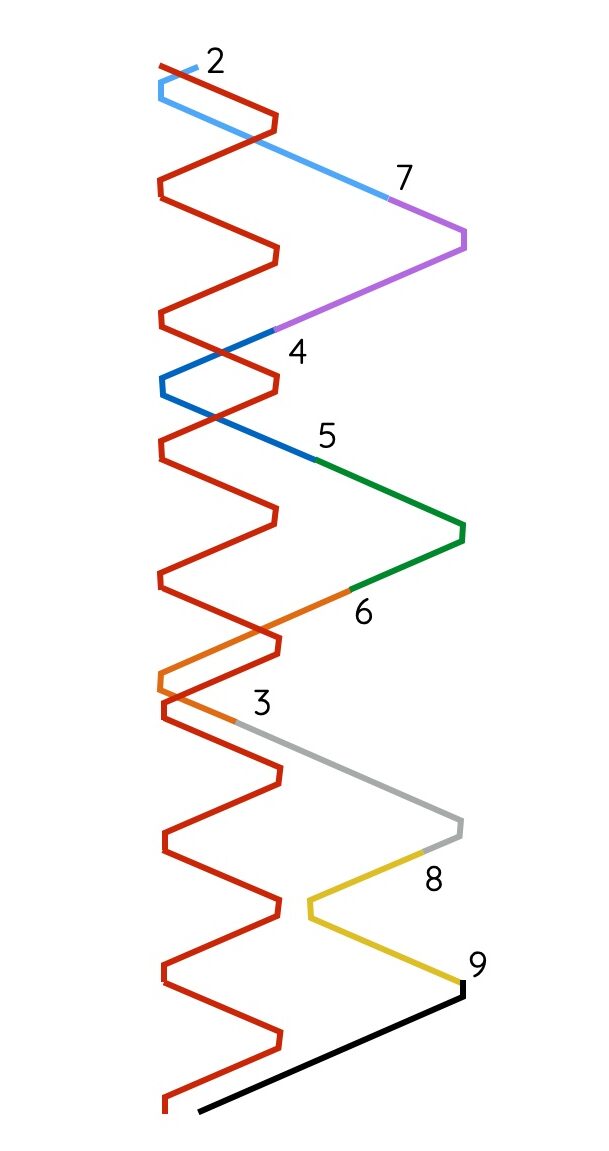
Hunting to four and back...
Little methods are so called because the treble is limited to just a few places. This can vary from methods to methods… In this case it is up to 4th place only.
Just three bells for the treble to find in each lead… and different each time too!
The working bells plain hunt unless they meet the treble in 4th place… where it is similar to ringing a single… make 5ths and go back out.
All starts are plain hunt.
8th place bell is the pivot bell that meets the treble and turns.
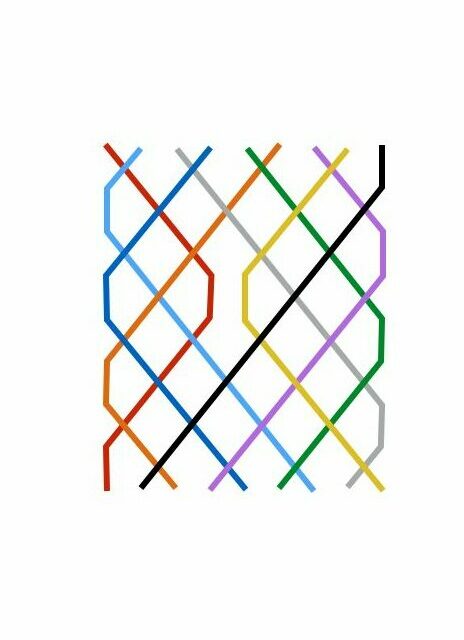
Only 8 changes per lead...
Because the treble only hunts to 4ths back, the method is much shorter than normal plain methods.
With 8 working bells, the plain course is 64 changes. 8 per lead end.

The Treble...
For a beginner coping with rope-sight on 9 bells, this is an excellent ice breaker.
Only 3 bells to find in each lead… and it is a different 3 bells every lead.
No simple pattern to help, so rope-sight has to be used.
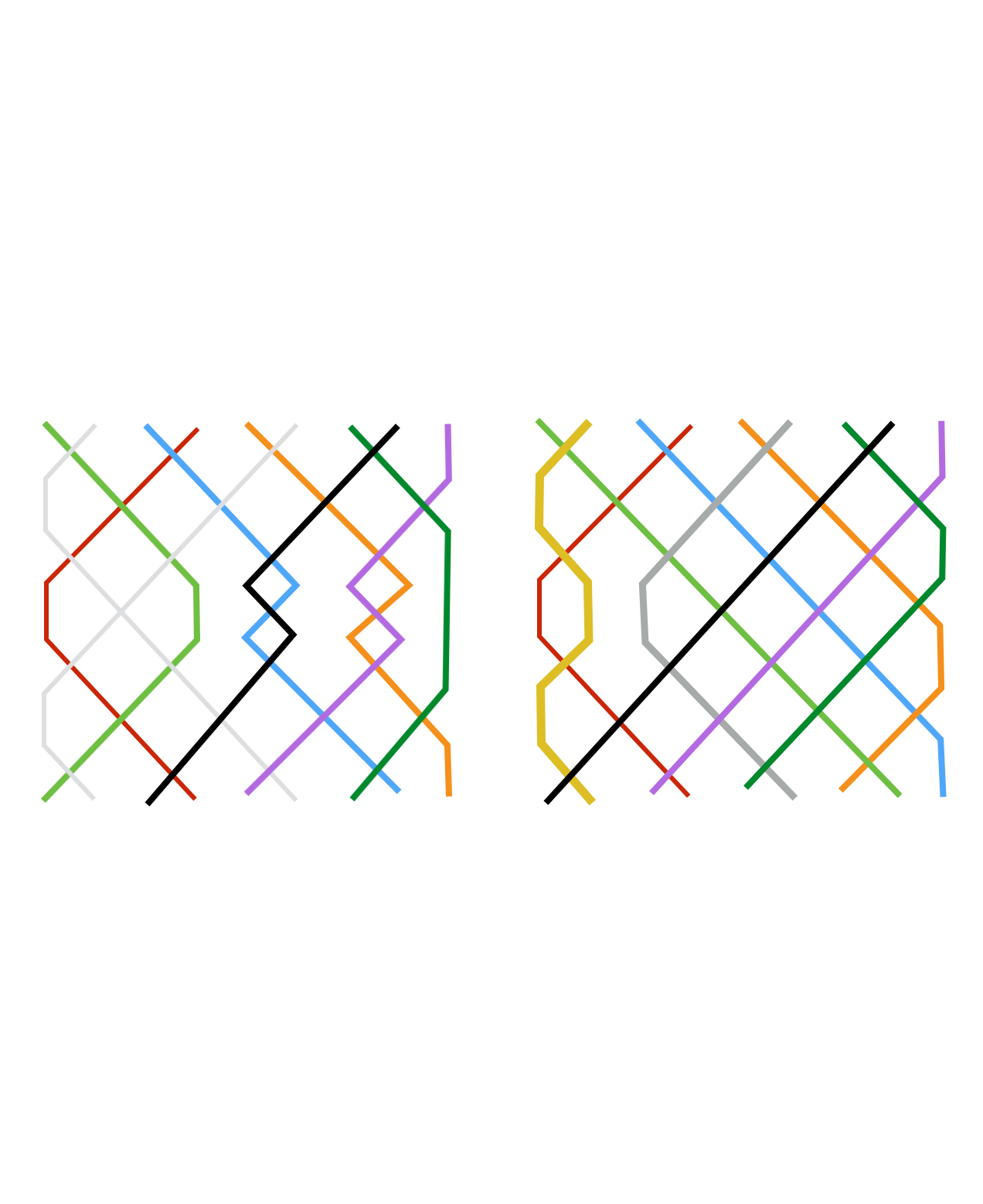
Bobs and Singles...
The calls are very simple and equate favourably to Plain Bob…
9th place bell and 6ths place bell run in and run out so are unaffected.
4ths place bell makes the bob and repeats that lead.
3rds place bell makes 4 blows behind.
All other bells dodge. (5-6 and 7-8).
The single is even simpler…
instead of running in 9th place bell will make 3rds and go back out as 3rd place bell.
6th place bell will make seconds and become 2nds place bell.
- All other bells are unaffected.
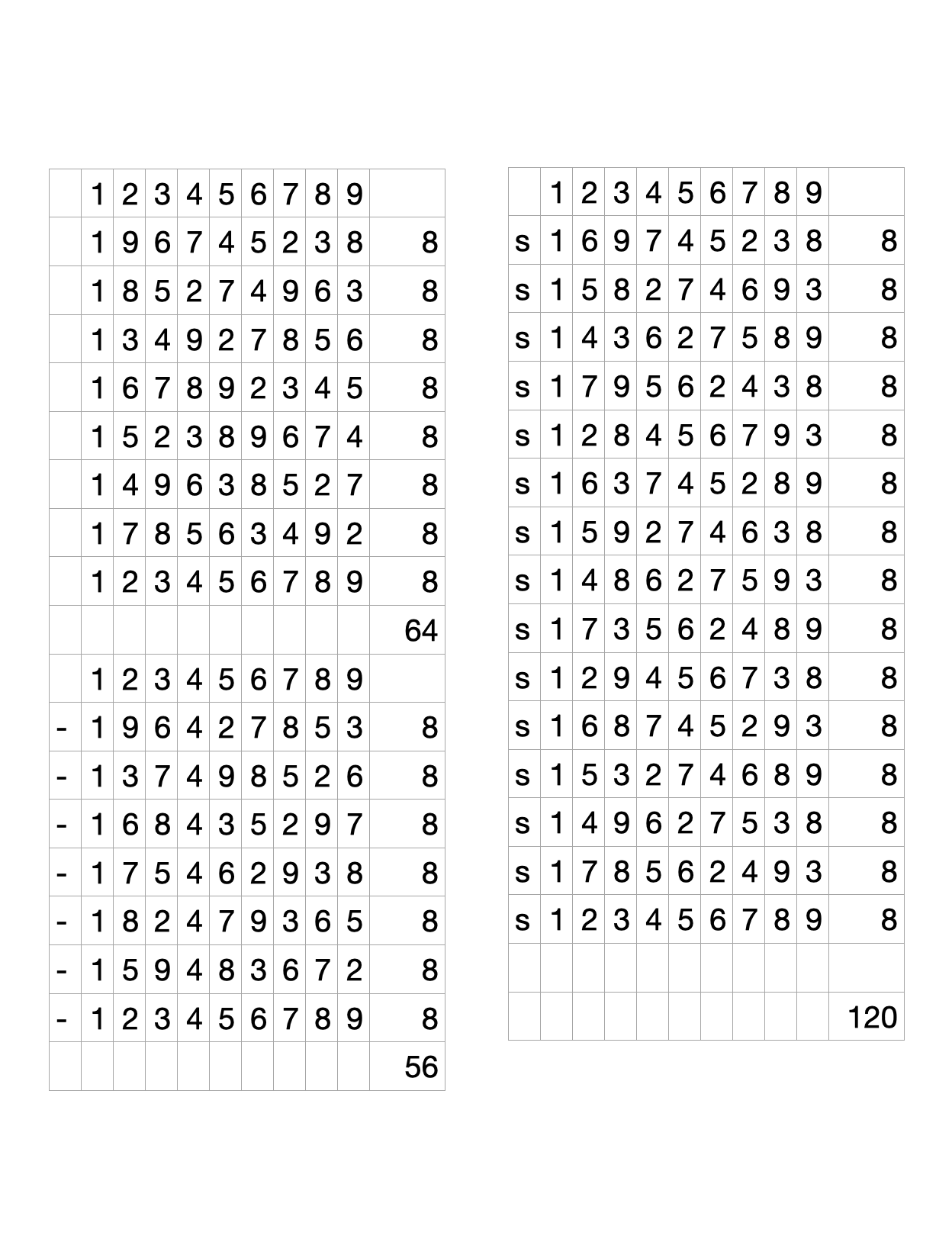
Short touches...
A plain course is 64 changes.
A Bob course is 56 changes, as the 4th bell is always static.
A Single course is 120 changes (15 leads) with 3rd 8th and 9th making all the singles (5 times) and the other 5 bells making 2nds (3 times).
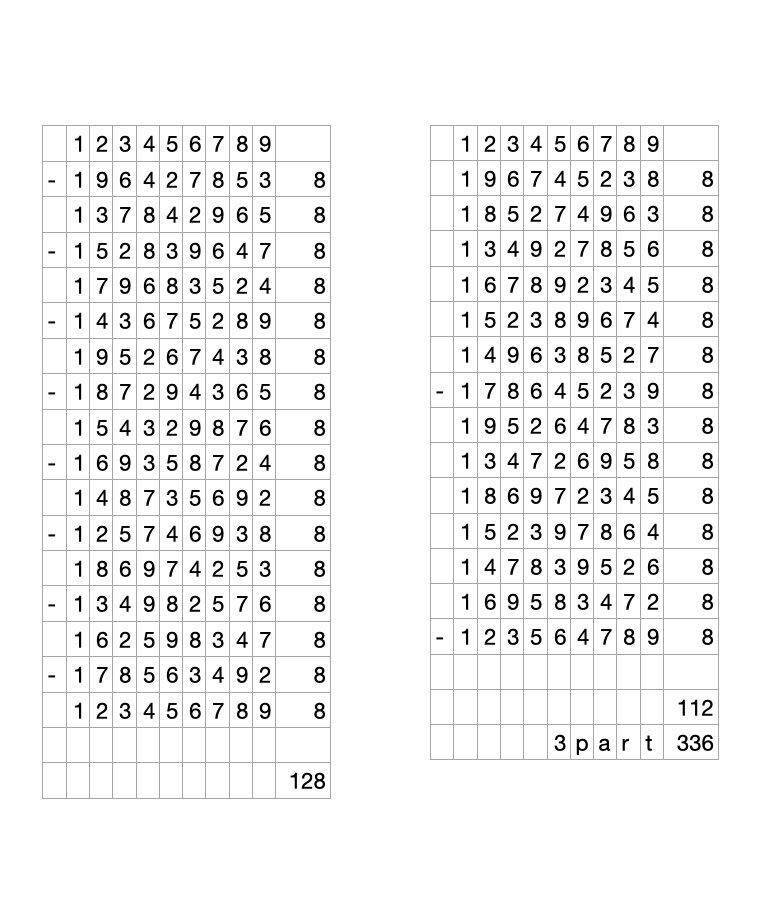
Changing Places...
Call alternate Bobs and the touch is 128 changes…. about 4 minutes ringing.
Calling the 9th to be long 9th repeatedly will produce a medium length piece at 336 changes.
If a single is added at any unaffected point in parts 1 and 4, the length will double to 672. and the addition of another similar single in parts 6 and 12 will produce 1344 changes and a quarter peal.
Method 2 - Unnamed
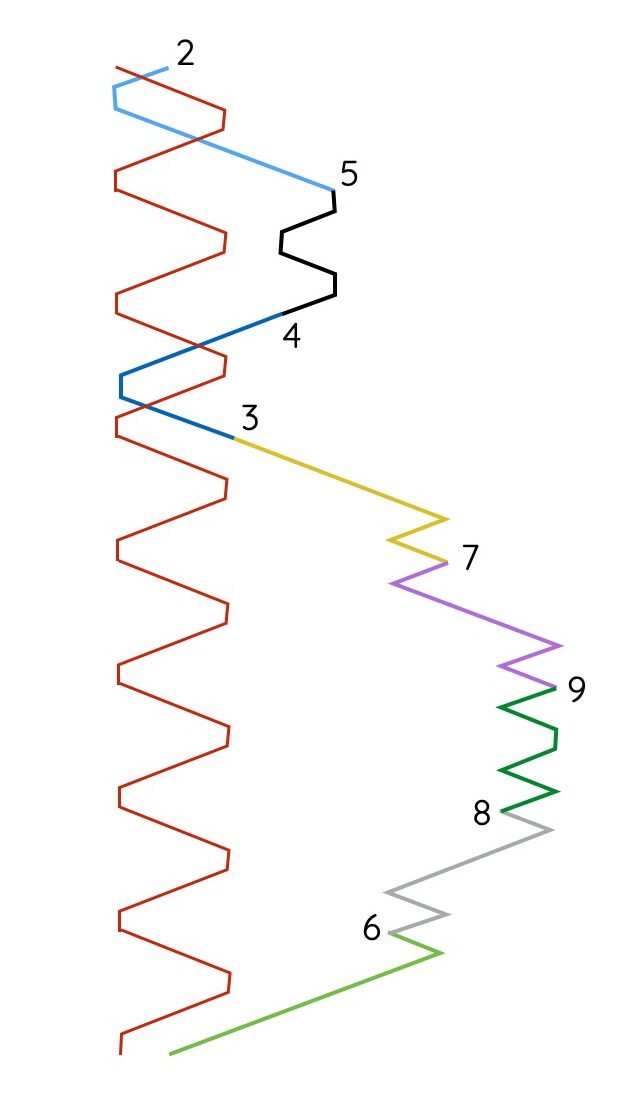
The line...
The second Little Bob method only hunts to thirds and back…
There are only two significant things to remember…
If you pass the treble in 1-2 (i.e the treble takes you from lead), , then do the the 4 double dodges in 6-7. 8-9, 9-8, 7-6, then return to lead.
If you pass the treble in 2-1 (i.e. you take the treble off lead) then do the crank shaft places in 4-5 and return to lead.
Starts need to be noted…
Stedman/Grandsire starts for the back 4 bells…
Bob Doubles starts for the front 4 bells…
Place bell order is 2,5,4,3 then 7,9,8,6.
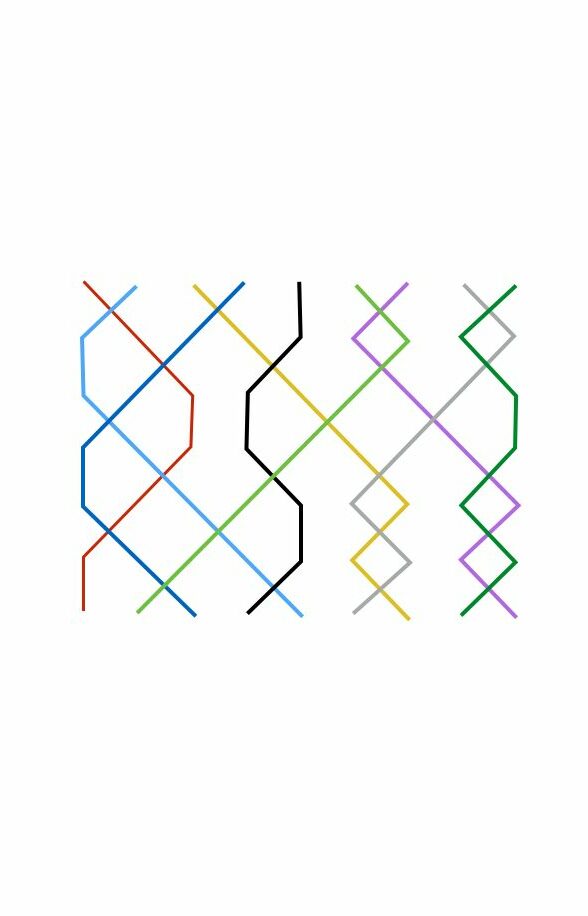
The Grid...
Because the treble only hunts to thirds and back the method is has only 6 changes per lead.
That is a grand total of 48 changes per course… so very short!
The place notation for this method is also very short.
5.1.349 , 1
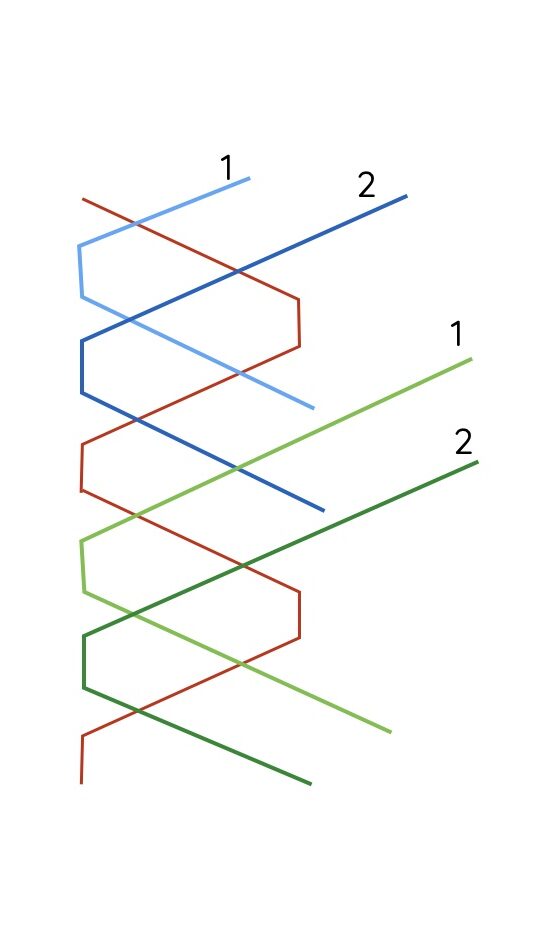
The treble...
Although a slightly harder method for the working bells the treble line is remarkably simple and ideal for a beginner to 9 bell ringing.
The treble only has 2 bells to find in each lead which makes rope-sight very easy.
However, both bells change each lead.
There is no easy pattern to the way the bells cycle through, which will encourage rope-sight.
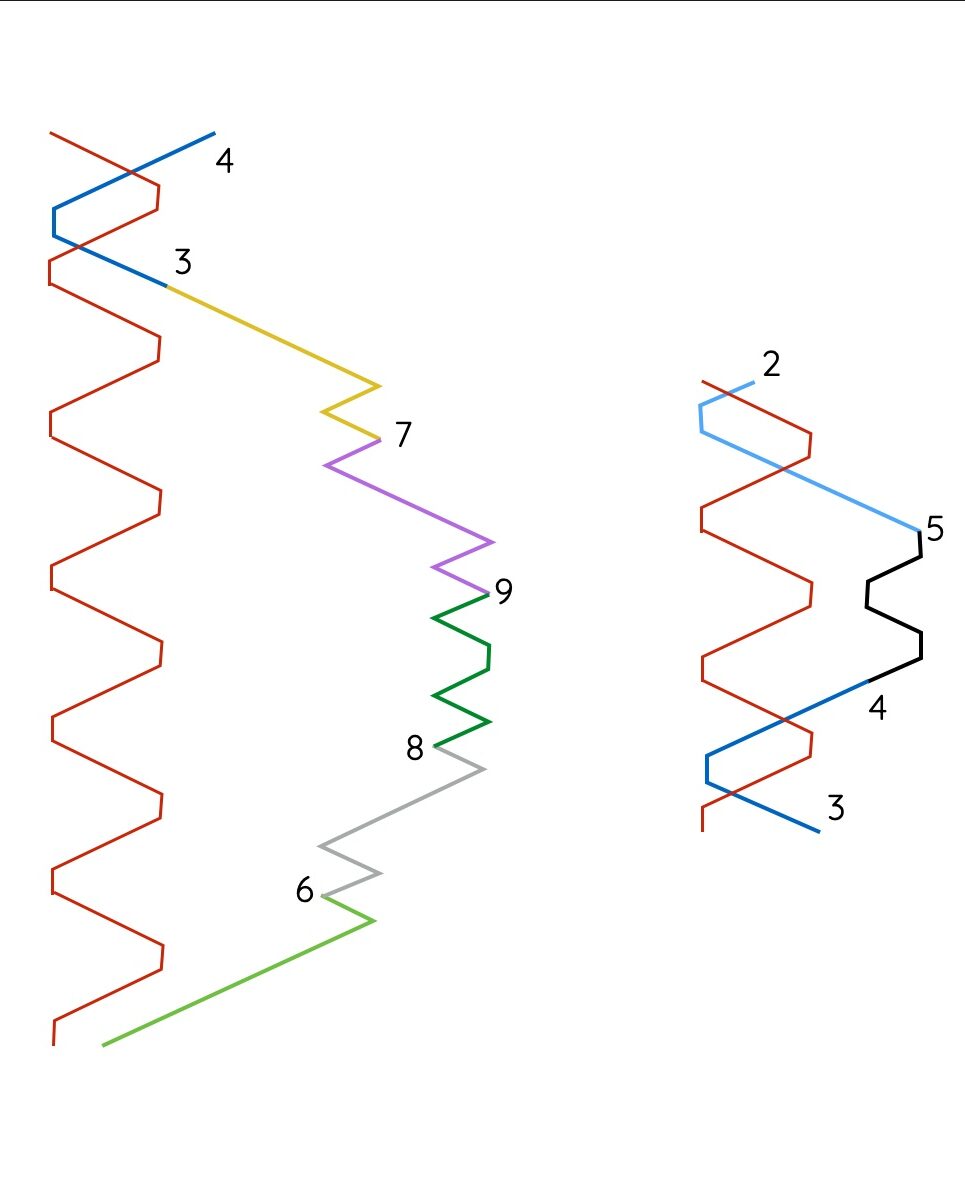
Two halves and decided by the treble...
There are only two significant things to remember…
If you pass the treble in 1-2 (i.e the treble takes you from lead), then do the the 4 double dodges in 6-7. 8-9, 9-8, 7-6, then return to lead.
If you pass the treble in 2-1 (i.e. you take the treble off lead) then do the crank shaft places in 4-5 and return to lead.
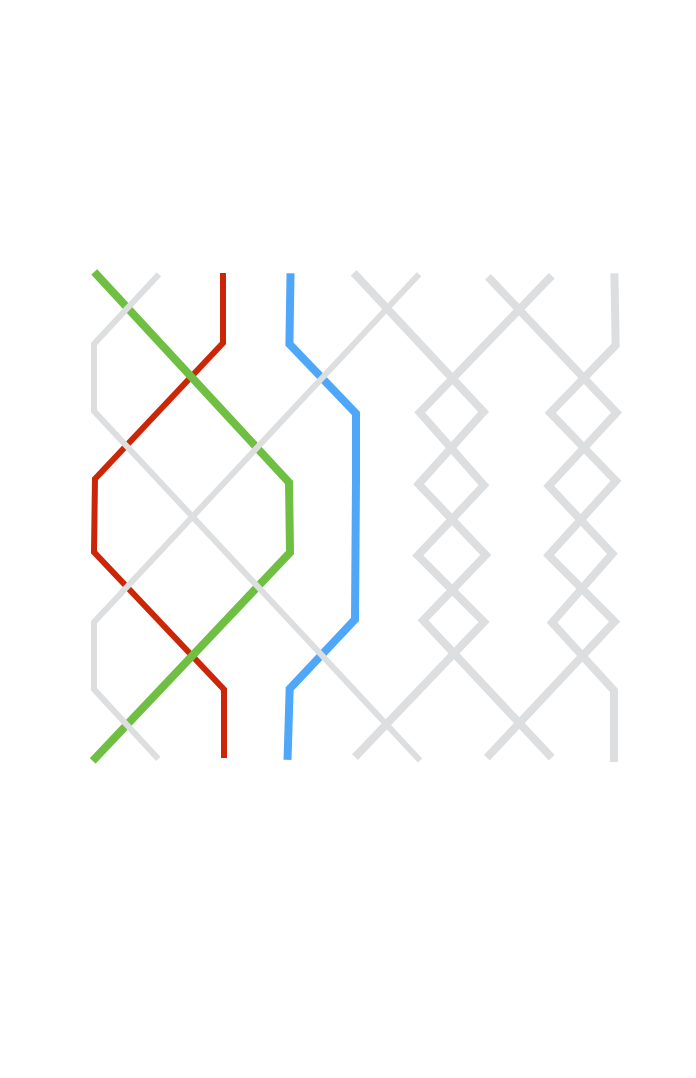
Bobs...
The Bobs we have chosen are simple…
If you pass the treble in 2-3, make the bob and go back to lead.
If you are completing the crankshafts… make 5ths and do the crankshafts again (i.e 4 blows in 5ths… so just like a bob in Bob doubles.
All other bells are unaffected.
It could be claimed this is effectively a ‘single in that only 4 and 5 swap places…
Touches
A Bob course is 42 Changes… with the fifth bell being static.
Bobs alternate leads provides 16 lead ends and 96 changes with all bells doing all the plain leads and all the affected ones too.. so will make an excellent practice touch.
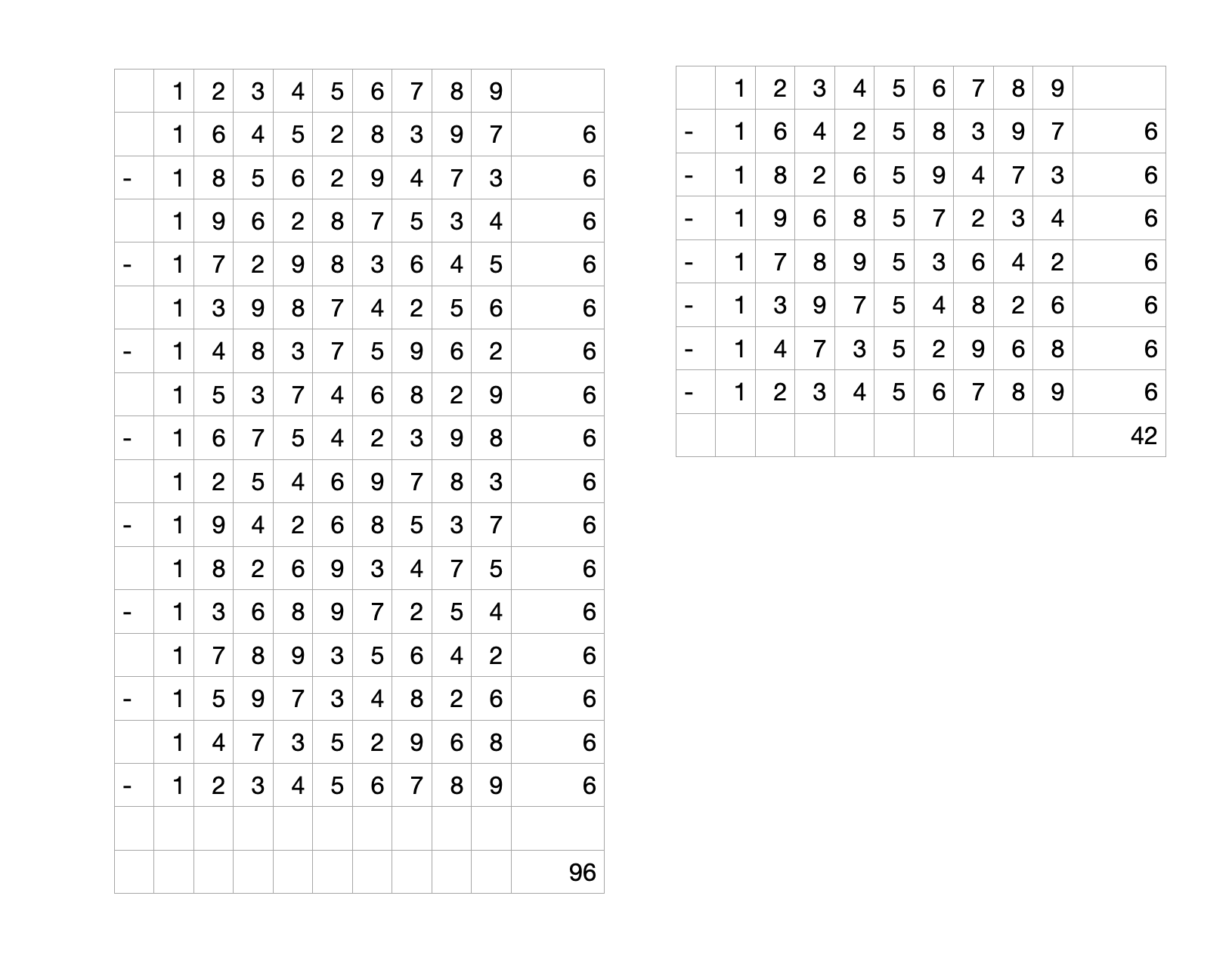
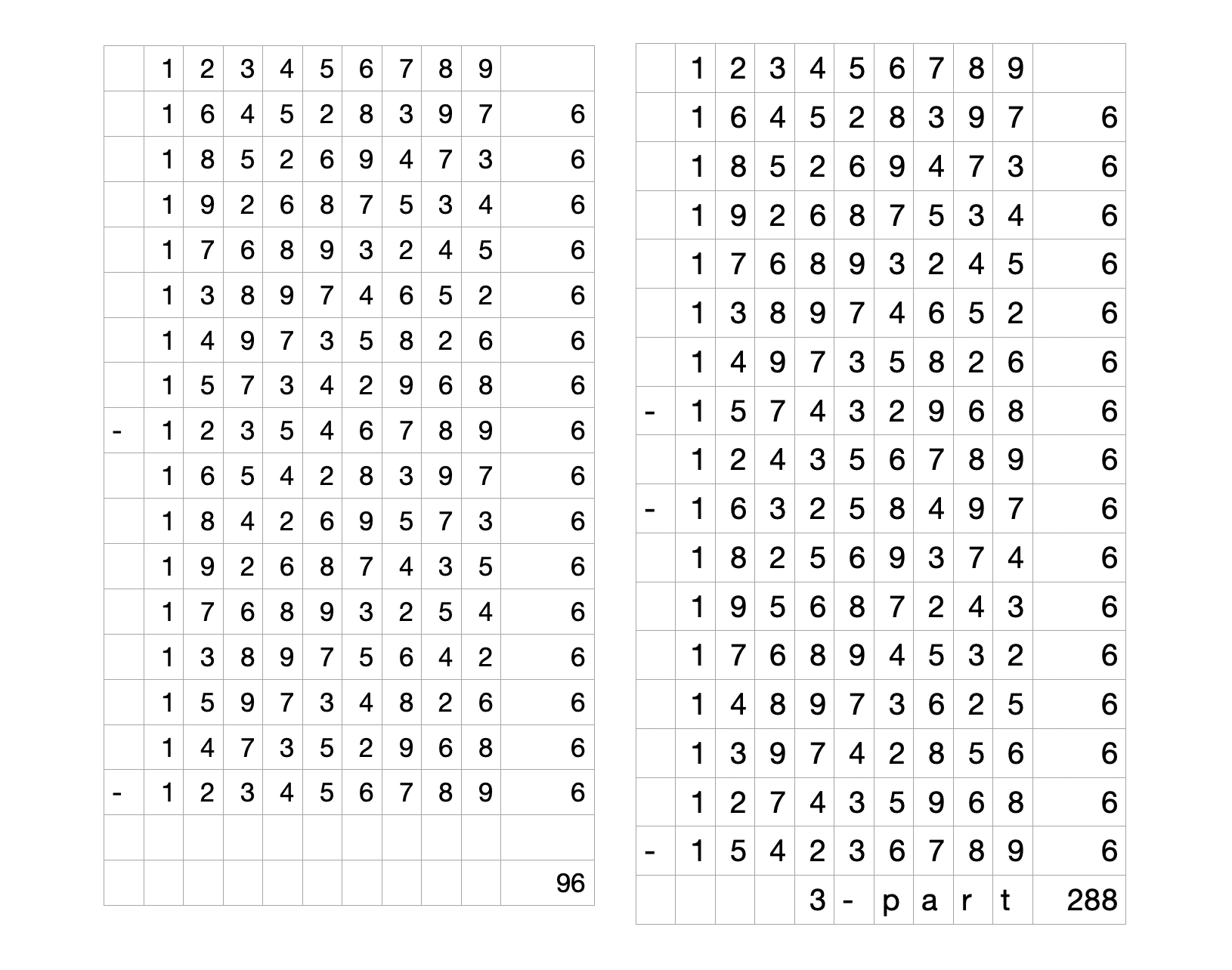
Touches
For a simple touch, two bobs at home will double the plain course length to 96 changes.
Calling middle, wrong, home, three times will produce 288 changes.
Method 3 - Century Little Bob Caters

The Line
This method is ultra simple to learn and has enormous possibilities for development.
The basis of the line is Plain Bob Doubles, but bisects by a back work of four pul dodges in 6-7 and 8-9.
The line can thus be learned by 90% of all method ringers in 10 seconds flat!
The place where the back work is placed is the symmetry point of 4 behind. This means that effectively, 4th place bell will hunt out to 5th place and after one extra blow in 5ths will hunt on into the back work of 4 pull dodges, swapping places with the bell finishing the back work – who effectively completes the 4 in 5ths work.
So at the end of the back work, 7th place bell will finish the last 4 pull dodge and become 5th place bell. It is then a standard plain bob doubles start…. ‘one in 5ths and in’…
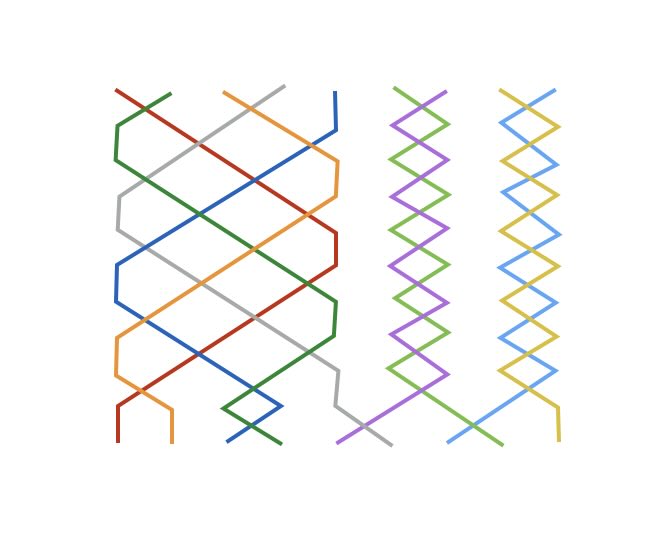
The Grid
Because the treble only hunts to 5th place and back, a lead is only 10 changes long…. nd for the first 10 changes the front bells are identical to Bob Doubles.
Thereafter, one bell will move to the back and bee replaced by another, but the other bells continue to ring Bob Doubles!
This makes everything very easy for those with less experience and the treble ringer can concentrate on rhythm and striking, whilst still ringing caters changes.
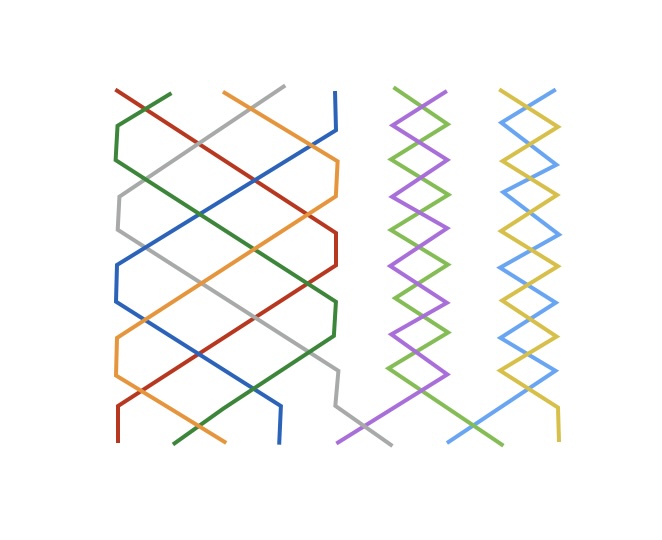
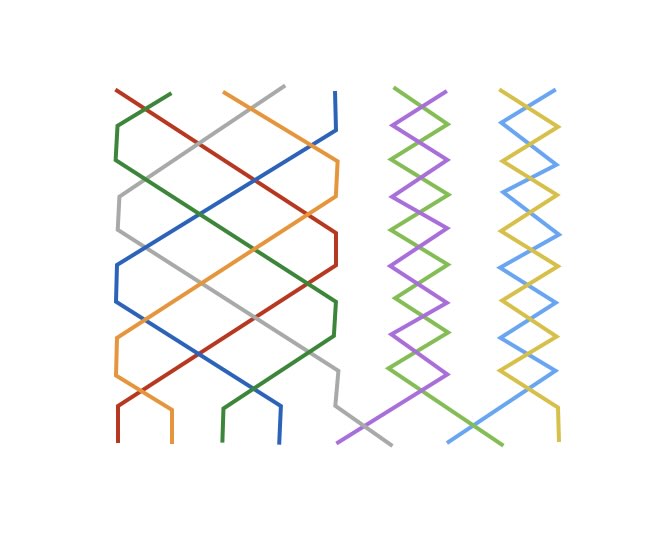
Bobs and Singles...
In the same way that the line is effectively Bob Doubles with back work inserted. Th Bobs and singles can be exactly the same. Plain Bob Bobs and Singles.
The result is that the back work bells are completely unaffected – just as in all Plain Bob stages, so once again, knowledge of Plain Bob doubles is all that is required.
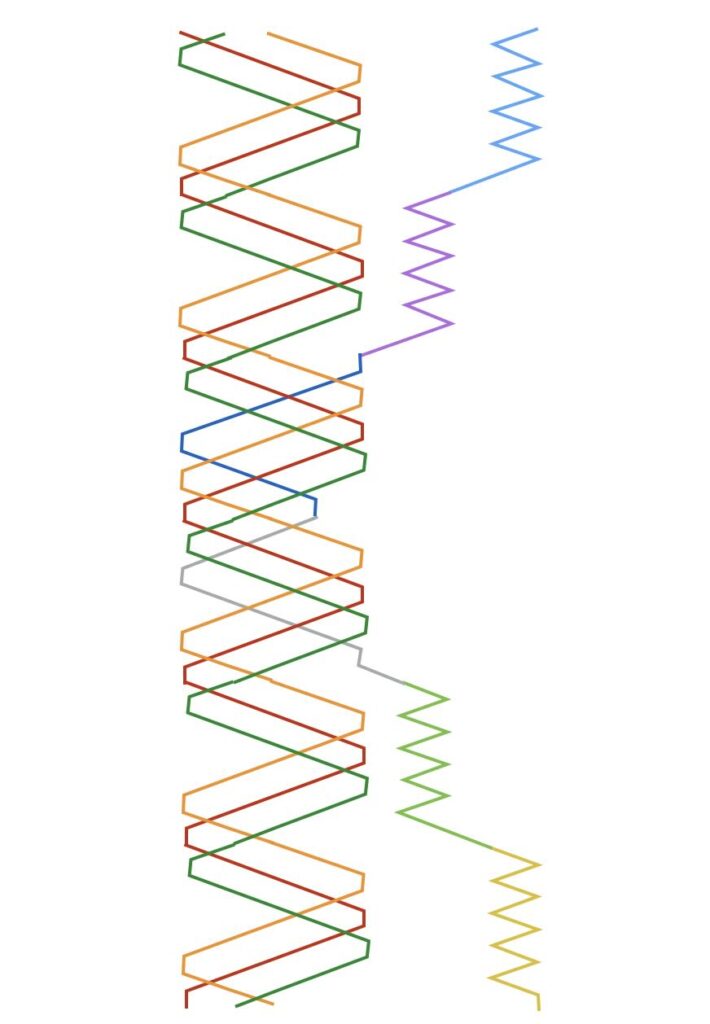
Three for the price of one...
The line shown adjacent is actually a Bob Course of Century Bob Caters.
It is just the same as a Bob course of Plain Bob doubles in that 1, 2 and 3 all continually plain hunt…. However, because the back bells cycle around, it can run to 6 leads.
The result is that you can have three beginners in at once and in arms of seeing bells – like Grandsire, they each have ‘friends’ that course them and never change. It means that they only need to find the other two bells and only one of those is different from the previous lead.
This will make a excellent way to develop higher numbers rope sight for this who are less confident!.
Method 4 - Little Grandsire Caters
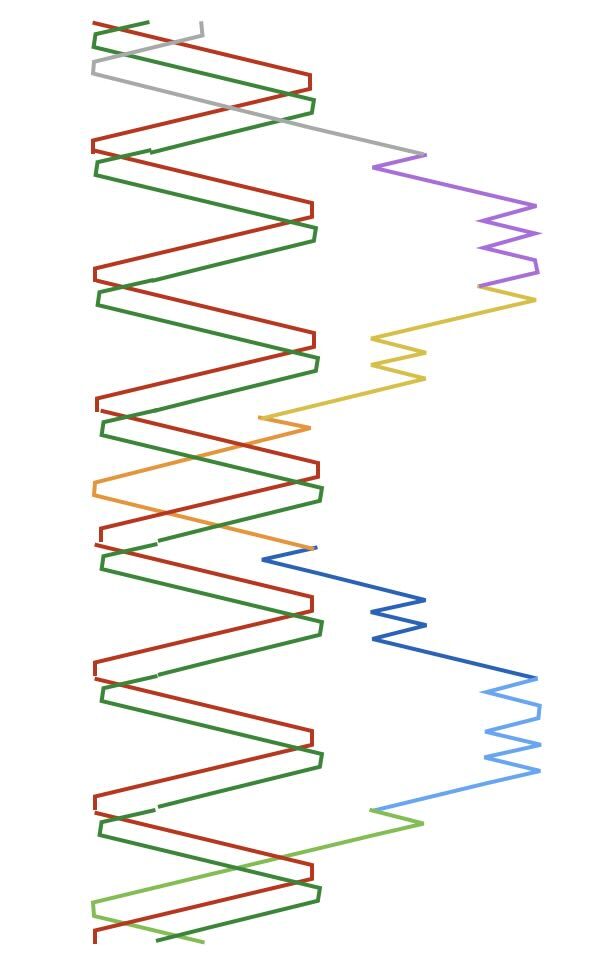
The Line
Little Grandsire is to Grandsire what Little Bob is to Plain Bob.
It has a second hunt bell and all the strange behaviours in terms of being asymmetric with regard to lead ends, asymmetric calls, odd calling position and almost all bells being affected by a call. In hat respect, it is pure Grandsire… complete with all the quirks!
However, it also only allows the treble to hand out to the first dodge point (i.e 5th place).
The result is the place bell order jumps two places (just like little bob) and there is an alternative of making thirds and back or dodging 4-5 up and down. This is also just like Little Bob.
The strange part (Gransdire always has to have a strange part!) is that alternate dodges (the half lead one) need to be double dodges, whereas the lead end (nearer to- at least!) are still single. This is to accommodate the turn-around of two hunt bells instead of one!
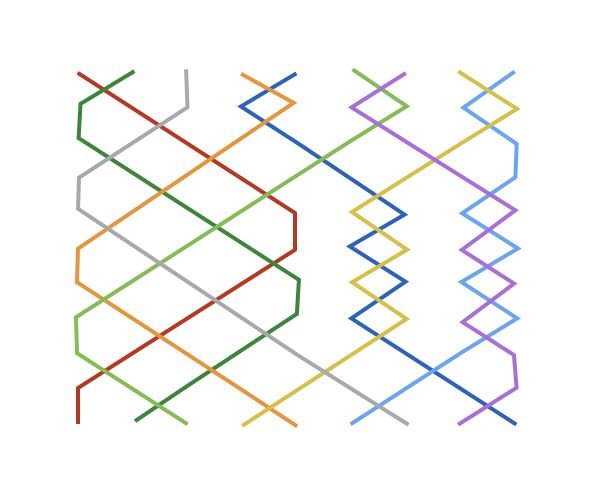
The Grid
The grid is classic Grandsire…
It starts with a bell making thirds and continues with simple plain hunt.
The big difference is around the half lead, where instead of bells turning around in 9th place, the trebles turn in 5ths. Each treble will block a bell coming down and instigate a dodge…. which explains the requirement for double dodges.
This also makes clear just how significant the half lead in Grandsire Doubles is…. the forced dodges it creates span 6 rows out of 10!
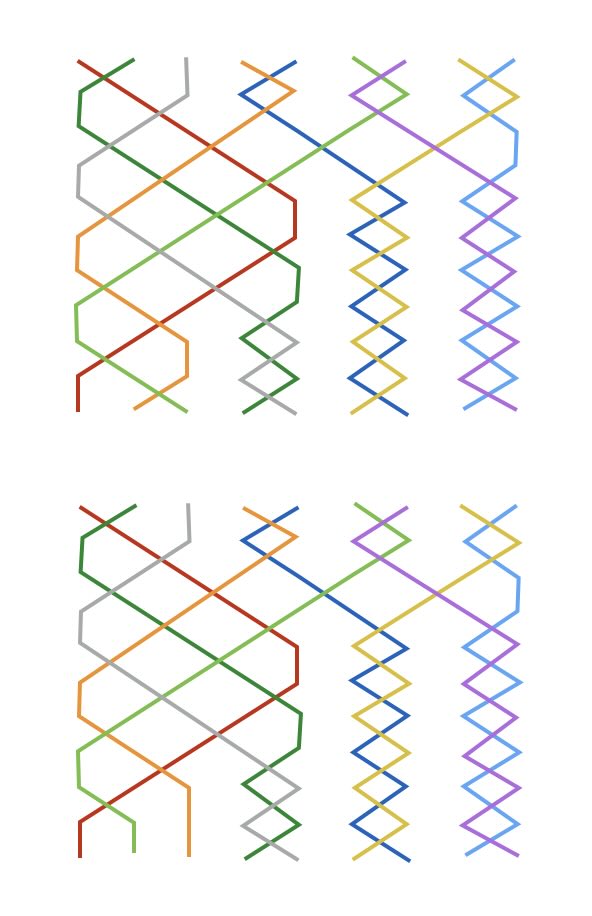
Bobs and Singles
The calls are standard Grandsire calls.
The Bob makes a change, one row before the lead and and as the normal edge point is one row after the lead end, means it spans three rows.
The only bell unaffected is the making 3rds and back….
The bell leaving lead will also make thirds and go into the hunt… both just like in every other iteration of Grandsire.
The second hunt bell and the 4-5 up dodge bells will also do a standard Grandsire double dodge before proceeding onward
All these, are exactly as would be expected in Grandsire…
However, this is where the similarity appears to end… All the other bells will be competing their half lead double dodges… so they will add an additional dodge for the bob and another for the lead end…. totalling 4. Effectively, the normal double dodge created by a Grandsire bob and the half lead double, merge into one single item.
Singles are are exactly the same, except for the two front bells making second and long thirds as per standard Grandsire singles.
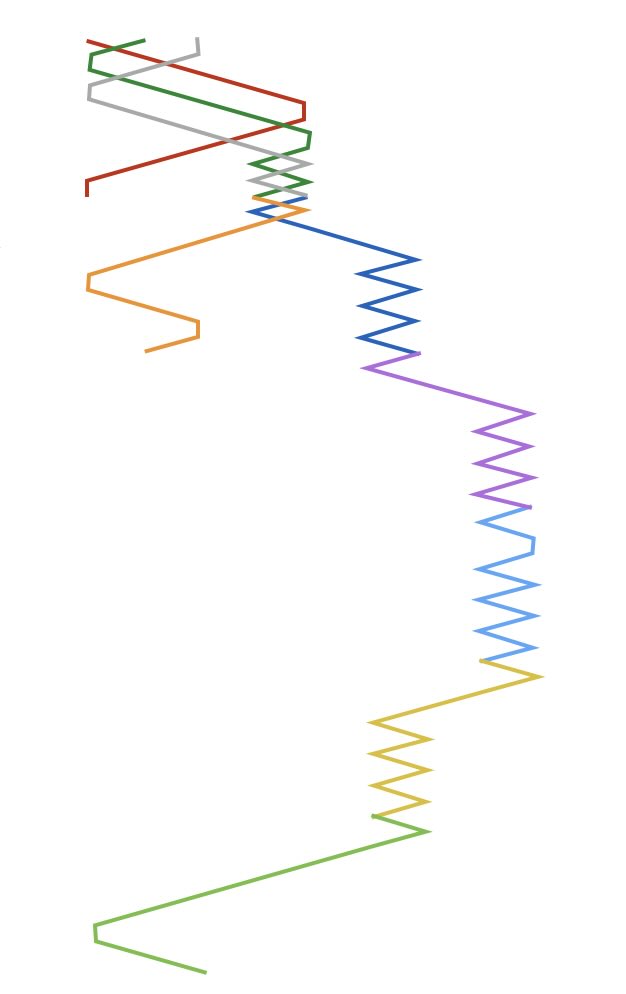
Bob Courses
This diagram shows the three parts to a Bob course.
The treble is the simplest and repeats (as trebles aways do) every lead.
The second hund bell double dodge and becomes 4th place bell…. and 4th place bell will make early thirds and become the nw hunt bell…. As a result, these two bells rotate around on a two lead cycle. No one else would go into the hunt unless calls are missed.
Finally, all other bells cycle around the remaining positions with a a 4-5 up double and 4 pull dodges in 6-7 and 8-9, but going straight to third and missing 4-5 down completely.
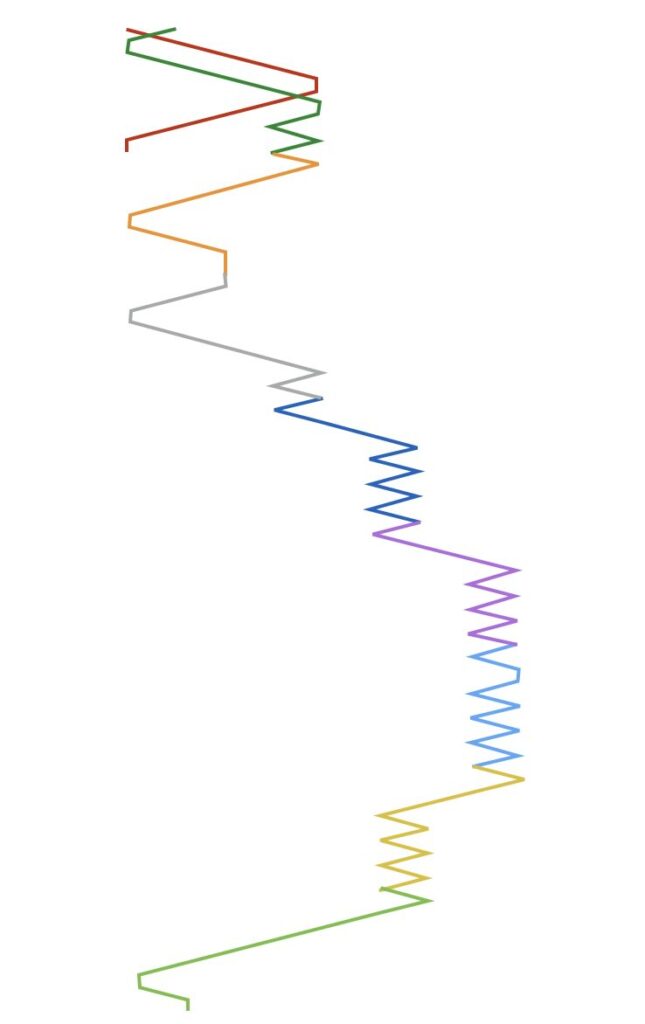
Single Courses
Like all stages of Grandsire, all bells (excepting the treble) are affected.
Double dodges are done in 4-5 up and down, bisected by long thirds.
They are also bisected the other way by the remaining bells which form a cycle of 4-pull dodges.
Method 5 - Ashford Little Bob Caters
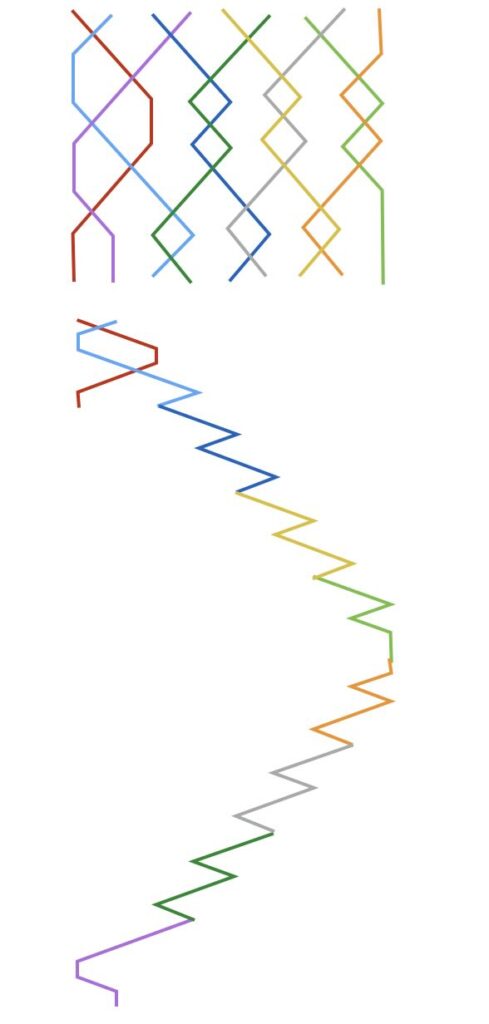
The Grid and Line
On first inspection, this appears to be a very strange method, because it contain both odd and even dodges… and consecutively as well!
This is because it is a little method where the treble only hunts to thirds and back… which means each lead is only 6 changes long.
This just enough for a lead end dodge, another at the half lead and a single row to hunting place in between each.
A closer investigation of the grid explains how this strange blue line is possible…
All the odd dodges happen at the half lead, cause by the treble blocking things in third place and all the even dodges occur at the lead end, when a bell is making seconds and causing a similar obstruction.
Because caters in an odd bell method, 4 behind needs to be included at the lead end to make up the numbers..
It is worth noting that that although the methods has odd dodges, they are all at the half lead and therefore the lead ends and starts are just standard plain bob.
The bobs can also be standard plain bob calls. So run in, run out and 4th place bobs. All other places are unaffected. The standard treble rule works too…. pass in 1-2, make 2nds, pass in 2-3, make the bob!
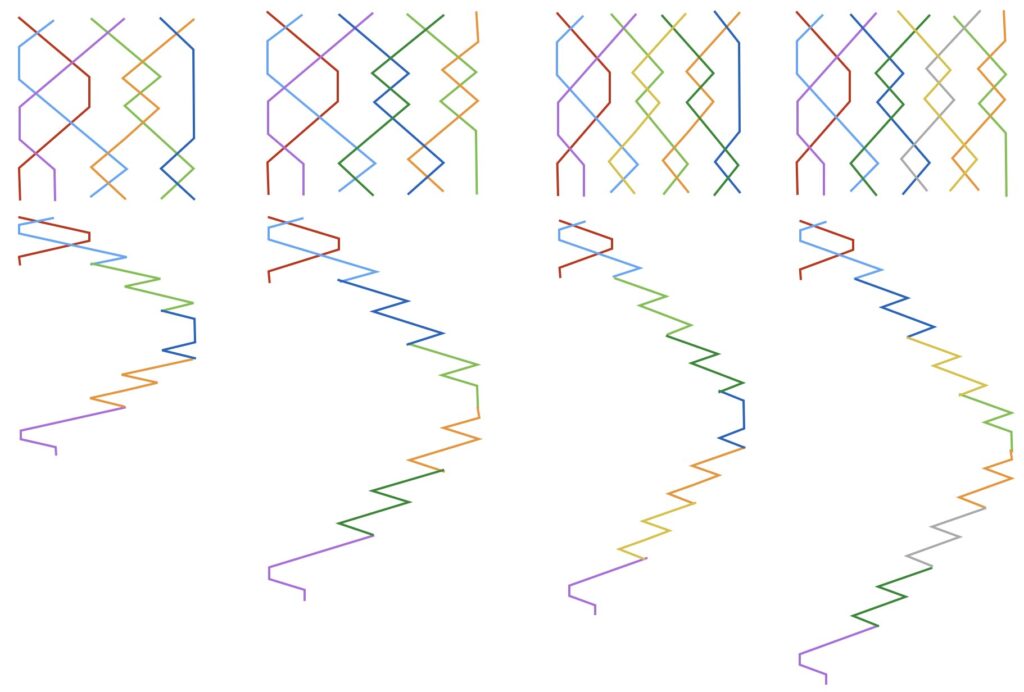
Ashford Little
Ashord will work with any number of bells from Minus’s upwards. The diagram show minor, triples, major and caters.
It is worth noting that odd versions have 4 behind at the lead end, as per all plain bob style methods.However, the even bell versions have the 4 behind at the half lead.
